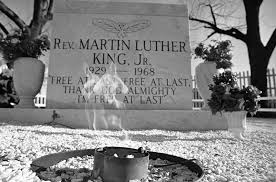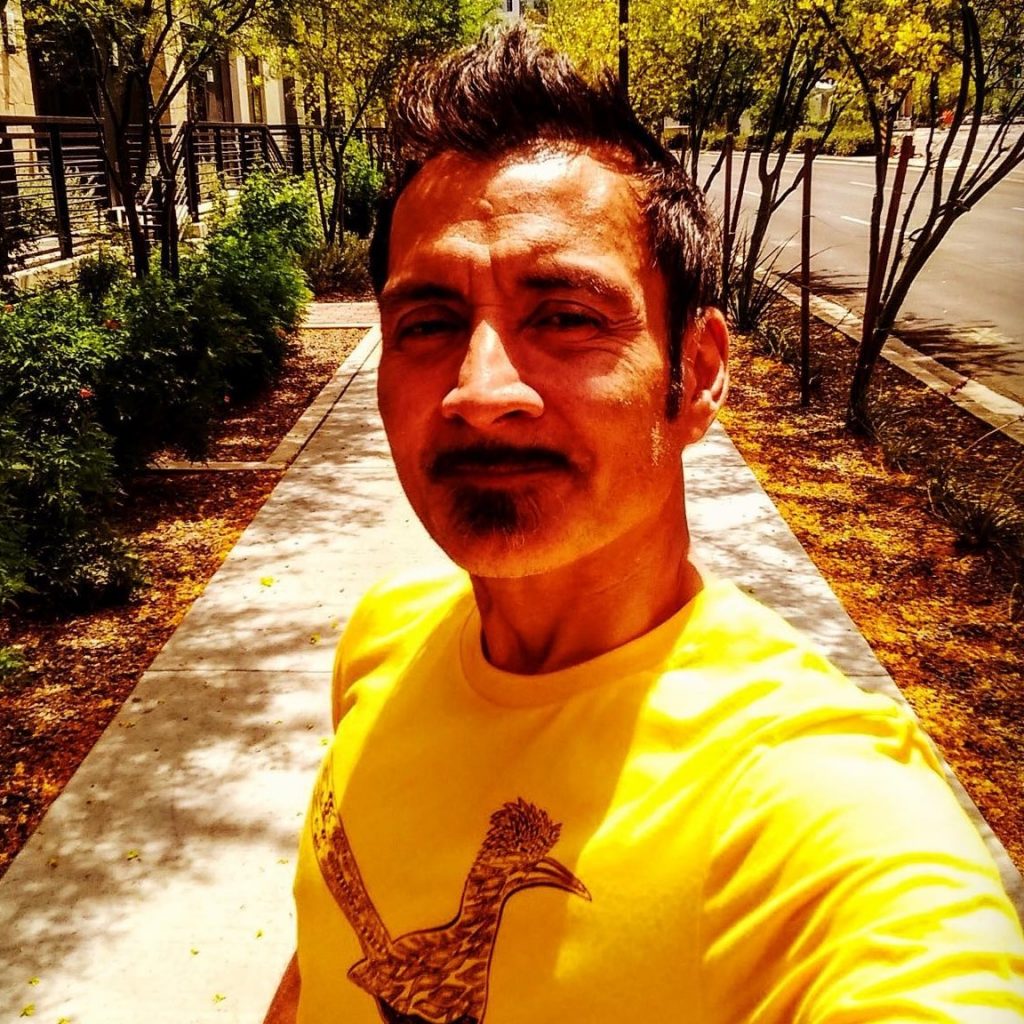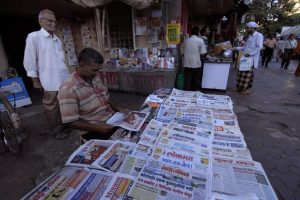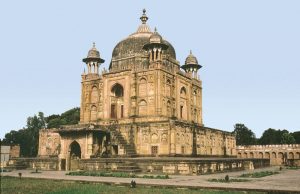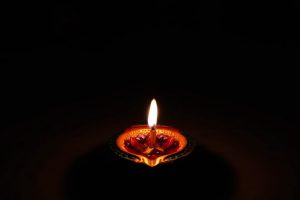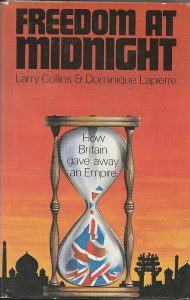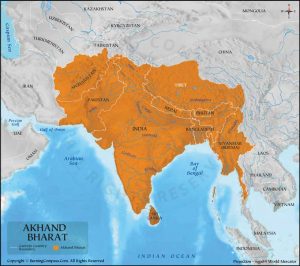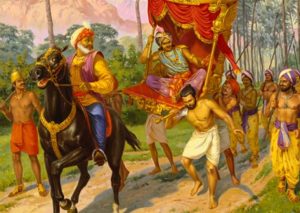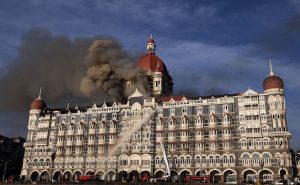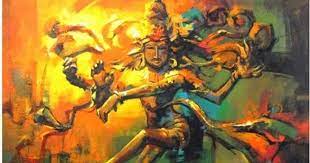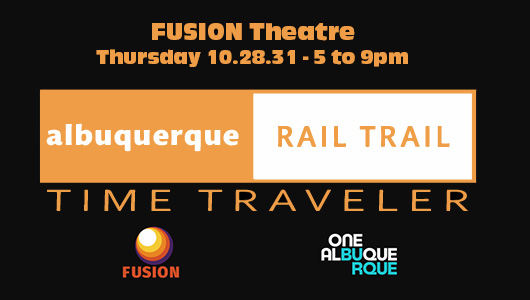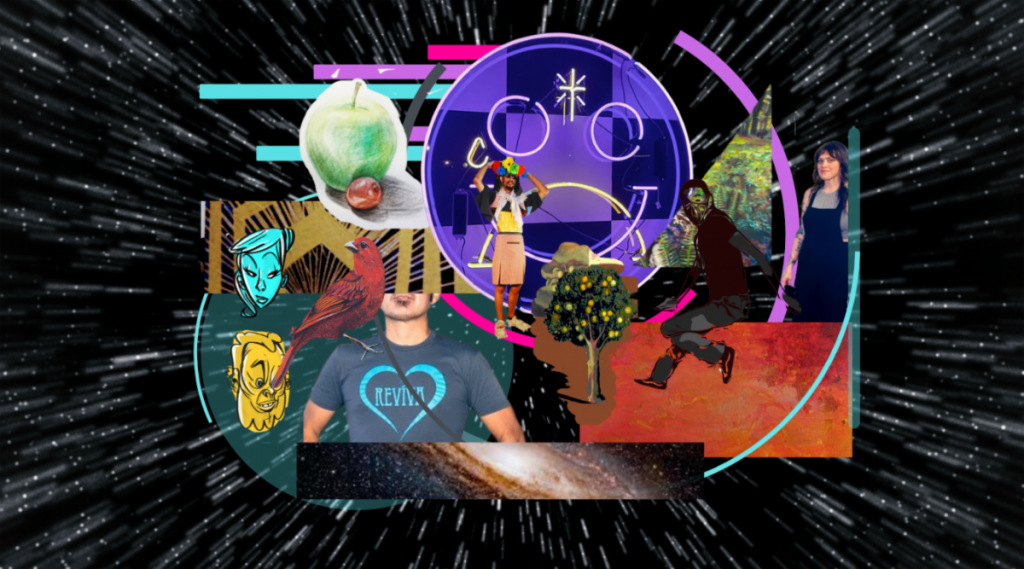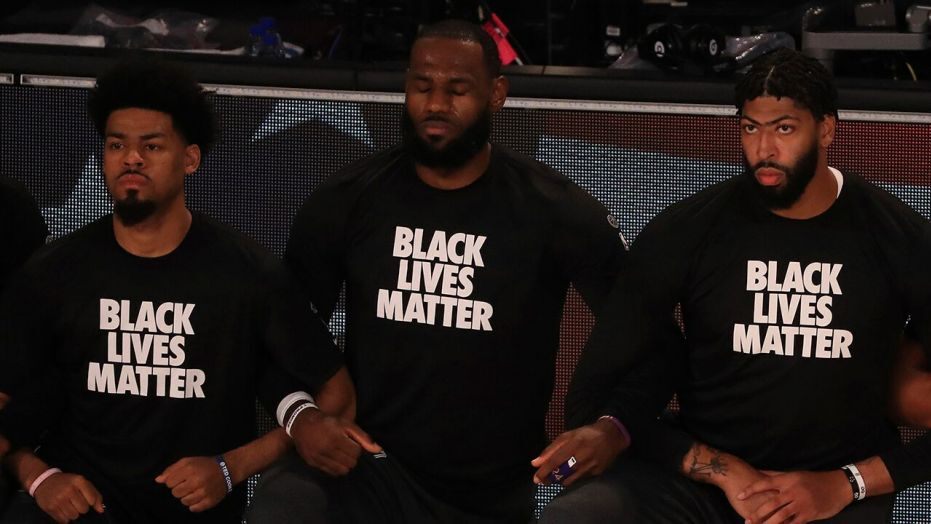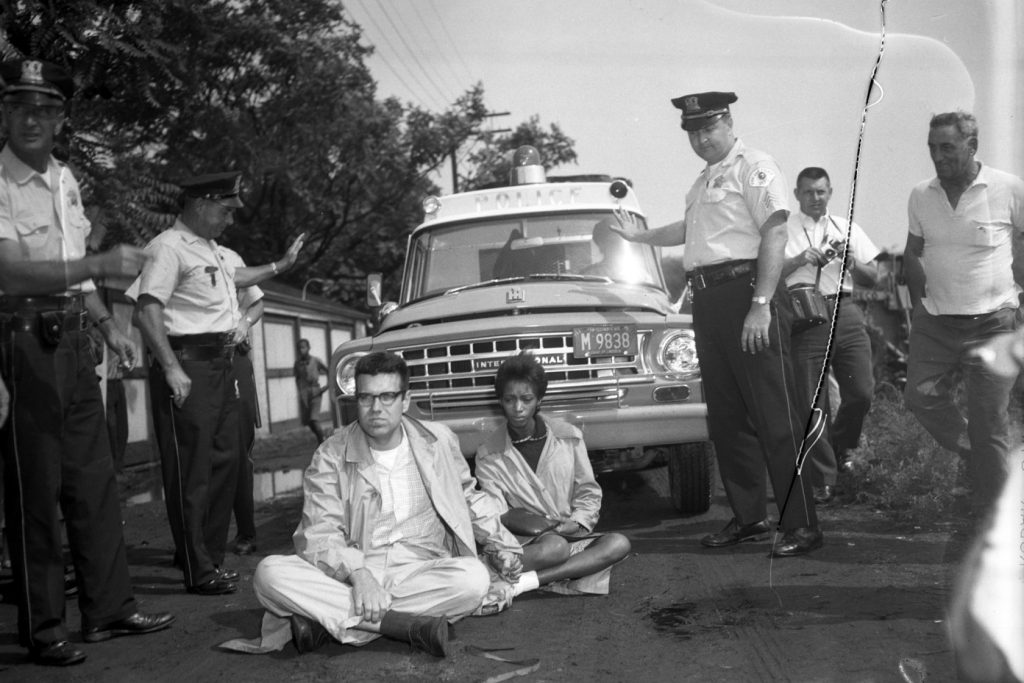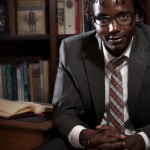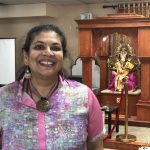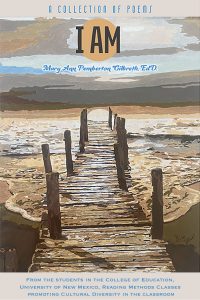Reflections on the anniversary of the assassination of Dr. Martin Luther King Jr.
The choice between madness or incompetence is not a new one. It seems that throughout human history, or at least US history, we have been confronted with this choice. After all, as I write this article, we are dragging our feet in choosing between helping Palestinian innocents (over 14,000 children murdered) while selling / giving tax payer paid for weapons to Israel. We recently had to choose between the healthcare industry profits (excluding providers – MD’s, Nurses etc.) and the wellbeing of our most vulnerable (elderly and at-risk) during the COVID pandemic, where we have lost over 1.15 million Americans. During WWII, we delayed in choosing whether to join the war against Germany, fully aware of the Holocaust against Jews, or remain neutral while over 6 million were being slaughtered by the Nazi’s.
Dr. King’s Legacy
The discussion of Dr. King’s assassination on the 56th anniversary of his murder related to madness or Incompetence begins with one of his landmark accomplishments: The Voting Rights Act of 1965.
Voting Rights Act of 1965
This act was signed into law on August 6, 1965, by President Lyndon Johnson. It outlawed the discriminatory voting practices adopted in many southern states after the Civil War, including literacy tests as a prerequisite to voting.
National Archives
Historically and unconstitutionally, impediments to voting had been established in conservative states that prevented many African Americans from voting. Thanks to Dr. King and other civil rights leaders, the Voting Rights Act of 1965 was passed and pushed away all those obstacles and finally allowed for close to full African American participation in our democracy.
The Regress of Progress
In 2022, a Center for Public Integrity investigation found unequal access to voting and political representation in all 50 states. Twenty-six states — all under Republican control — made access to voting less equal for people of color, younger voters, immigrants, people with disabilities and others following former President Donald Trump’s 2020 re-election defeat.
How could we let our country descend into madness? Who were the stewards that were charged with keeping the hard fought gains made by Dr. King and his generation of social justice champions? That’s where the incompetence comes in. Since the 1980s we have seen a two party sponsored corruption of our political system, allowing for unlimited $$$ campaign contributions via Super PAC’s and other dark money sources. Many of the perceived longtime stalwarts of the Democratic Party such as the Clintons, Nancy Pelosi, Ruth Bader Ginsburg, and Joe Biden (among others) did not launch efforts at Campaign Finance Reform. Towards the contrary, these folks colluded against campaign finance reform leaders such as Senator Bernie Sanders with is Get Money Out of Politics movement.
Unrepresented
Why you ask? Because there are large sums of money to be made by all by accepting multimillion contributions from the National Rifle Association, the health insurance companies, the Oil and Gas industry, “Big Pharma”, to mention just a few. Polls consistently show that, for example, most Americans support an assault weapons ban, most Americans support abortion rights, and most Americans support limiting the amount of money donated to political campaigns. In short, our representatives are no longer representing us. To be clear, the vast majority of our elected officials from both parties have their hand in the big money financial contribution pot. Due to this legalized bribery, our “representatives” have allowed for the initiatives that Dr. King fought and died for to be rolled back.
The solutions lie with us, the voting populace. We must demand that all elected officials be subject to campaign finance regulation, where candidates have an allotted amount of $$$, given out equally to those who meet a signature threshold. We will not see a healthy democracy restored until financial gain is not an incentive to run for political office. That has to be our litmus test for any candidate running to “represent” us be it locally or nationally.
Alex Paramo
Alex is the Founder of Community Publishing. Community Publishing is dedicated to creating virtual space for community based artists of all media (writers, painters, photographers, musicians, etc…) to collaborate on multimedia book projects with the purpose of promoting their work. Alex has authored two children’s books that were adapted for the Theater – Princess Marisol & the Moon Thieves and Princess Marisol & the Portal. Alex, with his daughter Marisol, will be releasing the third book in the Princess Marisol series, Princess Marisol Presents the Wisewoman & the Moon.
Alex also writes music review articles, and is the host of the film focused podcast smARTalk. Alex is a Social Studies teacher and serves on the Board of KUNM, a public radio station based out of Albuquerque New Mexico. Read his full bio here.
